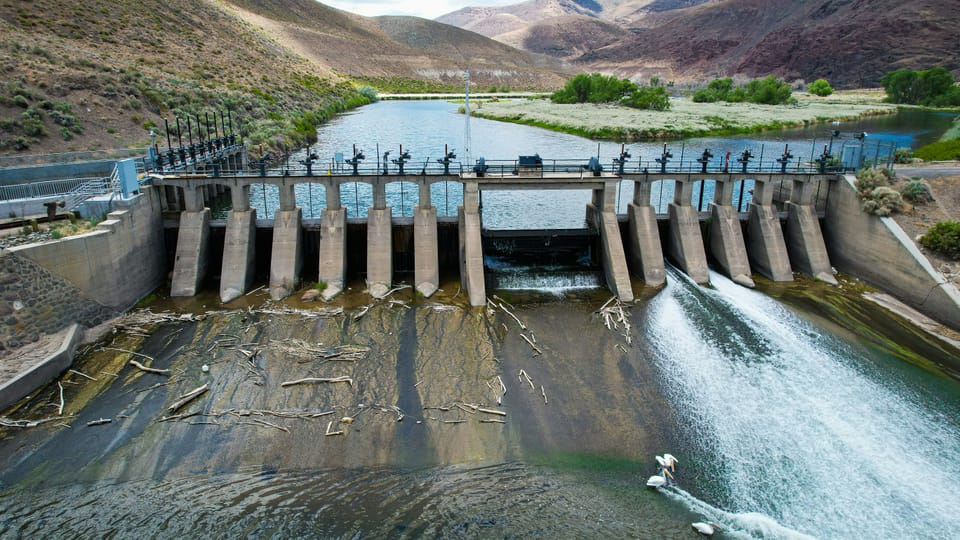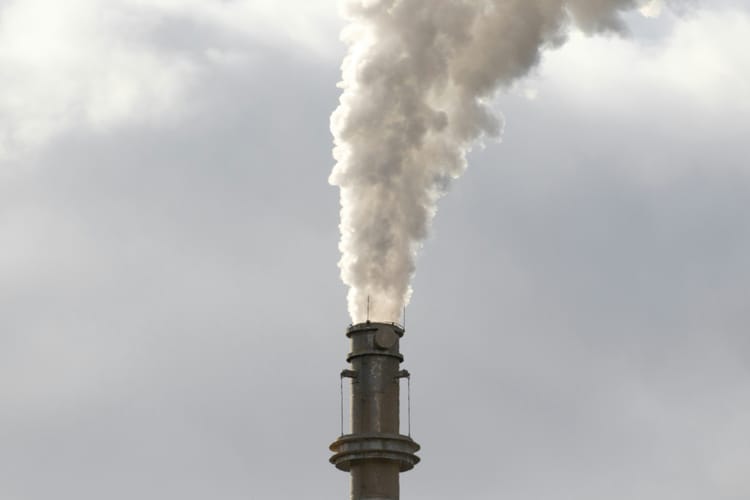Emissions rise slowed down last year, but droughts hit progress

The increase in global CO2 emissions slowed down in 2023 thanks to large-scale renewable energy deployment, but droughts affected hydropower generation, causing an extra 170 million tonnes of emissions.
This is according to the International Energy Agency’s latest CO2 emissions report, which found that the world reached a new record high of 37.4 gigatonnes last year, up 1.1% (410 million tonnes) from 2022.
While far from the fast decline necessary to curb climate change, this result is an improvement compared to the previous year, when emissions rose by 1.3%. It also confirms a recent trend of emissions rising more slowly than global GDP (which was up around 3% in 2023), pointing to “a structural slowdown even as global prosperity grows”, says the IEA.
Weather patterns played an important role in emissions variations last year: a mild winter reduced heating demand, while severe and prolonged droughts caused a record decline in hydropower generation – despite a 20 GW increase in capacity. These droughts, a well-known consequence of global warming, were exacerbated by the influence of the El Niño phenomenon in 2023.
Sharp drop in emissions in advanced economies
CO2 emissions declined by 4.5% or 520 million tonnes in what the IEA calls ‘advanced economies’ (OECD countries plus Bulgaria, Croatia, Cyprus, Malta and Romania), despite a 1.7% increase in GDP. This is the largest percentage drop outside of a recessionary period.
This drop was driven largely by renewable energy adoption and a decline in coal-fired energy generation: for the first time in history, renewables accounted for 34% of overall electricity generation, while coal plummeted to 17% as demand dropped to a level not seen since the 1900s.
Between renewables and nuclear, 50% of electricity generation in advanced economies came from zero emission sources, while 34% came from natural gas.
Progress in the EU driven by renewable adoption and industry decarbonisation
The European Union broke renewable energy records and experienced a historic milestone in 2023 as wind power surpassed both natural gas and coal generation for the first time.
Additionally, decarbonisation efforts by industrial sectors are starting to bear fruit: while industrial output was weaker than previous years, the IEA notes that “the percentage fall in industry CO2 was substantially larger than the fall in value added, and larger than the decline in the output of heavy industry goods”, indicating that energy efficiency and fuel switching played a role in cutting industrial emissions. Overall, reductions in the industry sector accounted for around 30% of the EU’s annual decrease in emissions.
China tops emission increase
The global increase in CO2 emissions was primarily driven by China: the country’s emissions grew 565 million tonnes (4.7%) in 2023 to reach 12.6 gigatonnes, despite contributing around 60% of the global additions of solar PV, wind power and electric vehicles.
This is because of a 6.1% rise in energy demand, driven by infrastructure and manufacturing activity and met largely by coal, as well as the continued post-Covid reopening of road travel and aviation. As a result, China’s per capita emissions are now higher than those of Japan and the EU, and second only to the United States.







Member discussion